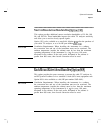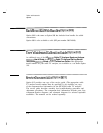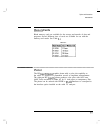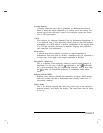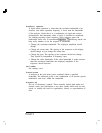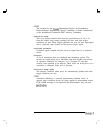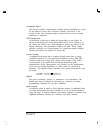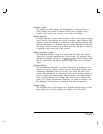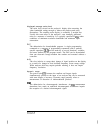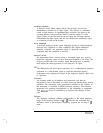
I
-
Glossary
absolute amplitude accuracy
The degree of correctness or uncertainty (expressed in either volts or
dB
power). It includes relative uncertainties plus calibrator uncertainty. For
improved accuracy, some analyzers specify frequency response relative
to the calibrator as well as relative to the midpoint between peak-to-peak
extremes. Refer also to relative amplitude accuracy.
active function readout
The area of a display screen where the active function and its state are
displayed. The active function is the one that was completed by the last
key selection or remote-programming command.
active marker
The marker on a trace that can be repositioned by front-panel controls or
programming commands.
active trace
The trace (commonly A, B, or C) that is being swept (updated) with
incoming signal information.
adjacent channel power
The measure of transmitter signal leakage into adjacent channels. The
measured value is usually expressed as the ratio of the power in the
adjacent channel to the channel power.
amplitude accuracy
The general uncertainty of an analyzer amplitude measurement, whether
relative or absolute.
analog + display mode
A display mode of the HP 8590 Series analyzers that digitally simulates an
analog display. The analyzer takes several samples of the signal amplitude
at each horizontal point as it sweeps across the screen. The samples are
displayed as individual dots on the screen that are not connected. This
analog-like trace data is available along with the normal digital display
features like hard copy output, screen annotation and titles, and complete
marker functions.
Glossary-2




